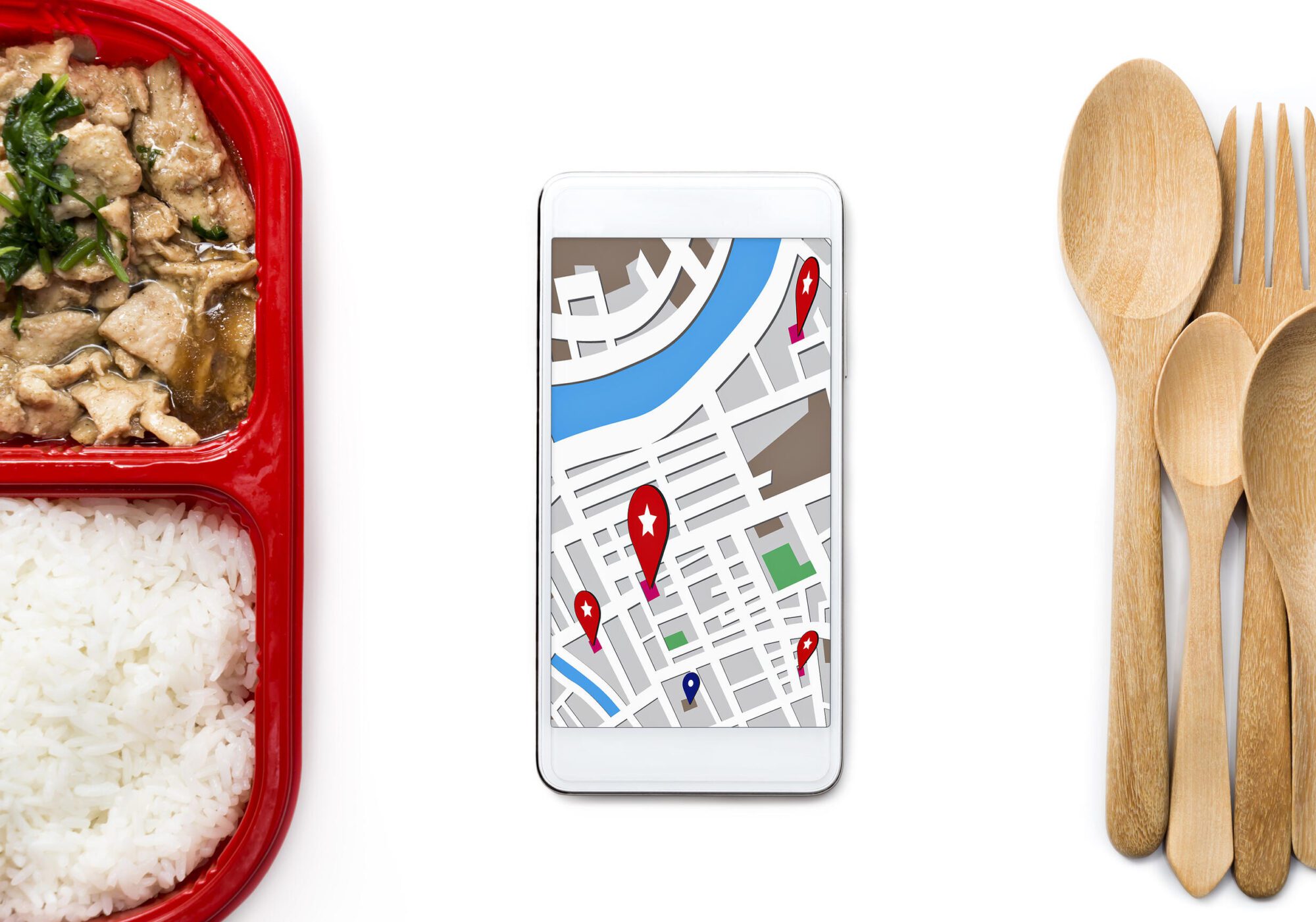The proliferation of third-party delivery companies has fundamentally changed the restaurant industry, and as a result, consumer expectations about food delivery experiences at home, work, and even social gatherings have also changed. This shift in technology and consumer behavior has brought a unique set of challenges and opportunities to the restaurant industry. It’s been a hot topic at every conference I attended this year, and by far one of the most disruptive changes I’ve seen over the past twenty years in hospitality.
At a high-level the pros and cons of third-party delivery are clear and have been talked about extensively:
Benefits of Third-Party Delivery
- Access to incremental revenue streams
- Increase sales
- Create efficiency by clearing up seats in house
- Improve marketing by allowing your restaurant to reach a wider potential customer base who otherwise wouldn’t have tried your product
These benefits create the opportunity to turn guests from trialists to loyalists, increasing overall order and dollar volume, while allowing you to stay competitive.
Challenges of Third-Party Delivery
The burst of third-party delivery also has created new and unique business challenges for restaurant operators, including:
- Difficulties reconciling the backend
- The messiness of tablet farms on the counter
- Loss of control over the product when it leaves your site
- Diminished baseline margins
Regardless of the benefits and challenges of third-party delivery, it’s clearly here to stay and part of the operator’s new normal. I spend a lot of time with operators looking at ways we can remedy the fragmentation caused by third party delivery and the impact it has had on menus and business management. One thing is for certain, the technology that drives each choice is complex.
The choices available today can be summarized into three major categories:
1. Direct Integration
Directly integrating a third party into your restaurant chain’s POS system means all orders are sent directly to your primary in-store POS without needing to manually input the transaction information into it. This is always the easiest and fastest method, and least prone to mistakes. POS companies are racing to the finish line to provide this feature for restaurants.
Pros:
- Reduction in the cost of training, labor, and time spent on manual processes
- Decreased costs associated with third-party delivery and middleware
- Streamlined menu management and menu-accuracy across channels
- Price accuracy
- Order accuracy
- Ugly extra hardware on the counters goes away
Cons:
- Not all integrations are created equal, there are POS systems on the market today that are simply not equipped to handle the different menu structures of each delivery app.
- Data is undoubtedly going to be limited (third parties are not exactly desperate to unlock the keys to that kingdom).
Qu has already developed bi-directional integrations with the top three third-party providers (GrubHub, DoorDash, UberEats) and has solutions in place to work with smaller regional players too. But what really takes Qu beyond what other POS providers offer is our unified database structure and codebase that enable omni-channel ordering anywhere.
Qu’s solution allows for an infinite depth in modifications to menu items, yet integrates those modifications seamlessly throughout all channels, so combos and items that have been modified can be tracked and reported accurately. In other words, all menus are managed and priced within the POS, rather than individually in each third-party system.
If this wasn’t cool enough for you, let me show you the power of this tool.
Imagine a guest who walks into your [hypothetical] burger chain and orders their favorite burger combo. The combo includes a drink and a side – standard. But they want to modify the typical side and upgrade to large fries, and because they’re *feeling wild* they add even more modifiers – cheese and jalapeno and all the good stuff to top up those golden potatoes. Then, they upgrade their soda to a milkshake (low fat, of course).
With Qu, the guest drives the interaction and they have unlimited possibilities to realize all of their cravings…at the same time, delivering you the business insights you need to track the original combo ordered.
Now, let’s layer on a level of complexity.
We all know that you can’t add these types of modifiers on UberEats or the other big third-party delivery services yet, so what does this mean for your business? With most traditional POS systems, you would need to build two menus, track two reporting systems, and then work really hard to analyze the disparate data. You wouldn’t have a tool that could easily tell you that you sold 250 combo #3’s in May with 15% of your sales coming from UberEats, 10% from DoorDash, and 60% of the combos were modified. This type of data is critical in today’s world, but you don’t have access to it without significant effort.
Because Qu can handle an infinite number of channels, modifiers, and depth, you can create contexts to exclude modifiers on platforms like UberEats, while pricing the same item differently across channels. That way you’re finally able to track your sales, consistently, across all platforms. Welcome to streamlined reporting and a single source of truth for your business.
Whether you choose Qu or not, the ideal solution for any business is to opt for direct integration, it will save money, time, and the frustration of having to deal with multiple systems.
2. Third Party Integration
Some operators and owners have selected the third party integration option, and a big reason for this is because direct integration wasn’t really an option until recently. There are a number of vendor platforms available (Chowly, ItsaCheckMate) for integration, and while some of them do a better job than others of menu management and accuracy, they inevitably add costs to an already shrunken profit margin in the QSR and Fast Casual industry. Here are the top pros and cons of this option:
Pros:
- It reduces the number of tablet farms
- Using the services can alleviate some operational burden
Cons:
- Adds costs to an already shrunken profit margin
- Menu management and accuracy can be dicey
The reality is that third-party integration should only be considered for brands that use multiple, smaller delivery companies (like regional share leaders such as Delivery Dudes). Direct integration is always the preferred method.
Qu offers the flexibility of third party integration for customers that wish to continue to use smaller third party players and when direct integration is not yet an option. Qu’s customer-first and API-first approach allows customers to integrate familiar platforms like Chowly and ItsaCheckMate into their existing ecosystem.
3. In-House Delivery

Pizza Brands have long cornered the market on delivery, and there are a number of products and point of sales that are specifically focused on fleet management, order throughput, and other features necessary to have an in-house delivery program.
Pros:
- The ability to directly control your product from kitchen to door
- Retain valuable access to delivery data
Cons:
- The resources necessary to manage a delivery fleet can be overwhelming
- The overall audience can be limited to existing customers or geographically limited
In-House delivery can be a compelling strategic offering depending on the resources and scale of your business. However, building the service from the ground up can be costly. Depending on the needs of your business, Qu offers a delivery solution that can be built to suit your enterprise restaurant’s unique operations.
The Verdict on Third-Party Integration: Blessing or Curse?
There are no right or wrong solutions to working with third-party delivery companies, but we can all agree that third party delivery isn’t going away. In a world where convenience is king, empowering the guest to drive their personalized food experience is paramount.
The key to your success as an operator is having the right technology stack to support your solution, a POS that offers an API-first approach with direct integration, and the flexibility to include partner products. Working with a holistic technology partner like Qu is the first step in figuring out what will work best for your business.
It’s time to think beyond traditional silos of third-party delivery. It’s time to start building a future of fluid integration and seamless guest experiences, paving the way for better informed data-driven guest experiences. With Qu, your third-party integration doesn’t need to be a curse, instead, it can be a blessing!
